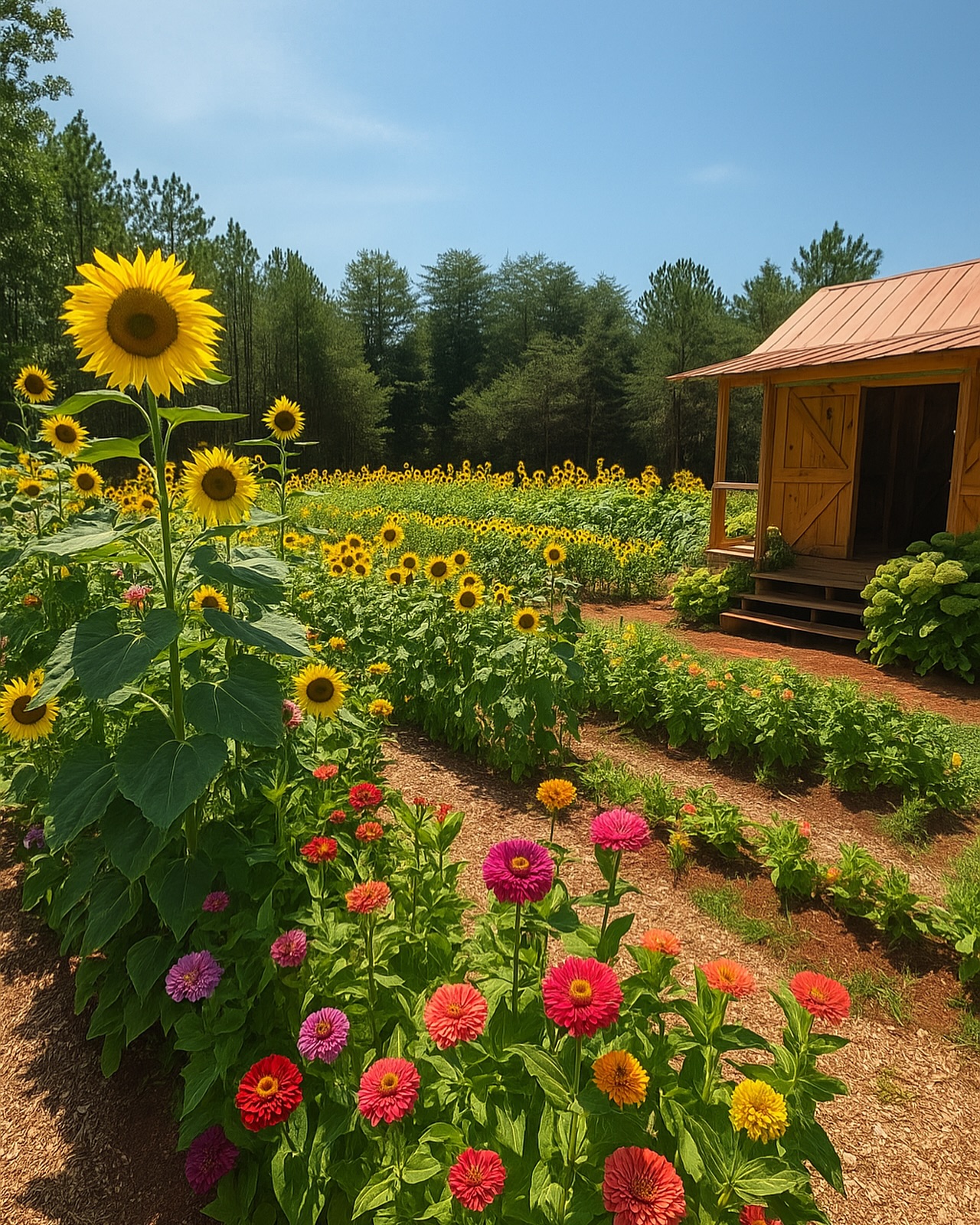Dams built on Big Hungry, Green rivers
Published 12:52 pm Thursday, October 28, 2010
Beauford Arledge, 84, gathered his memories into a book, The Stories of Green River Cove. With permission, the Tryon Daily Bulletin is sharing excerpts from the book with our readers. To purchase a copy of the book, call Arledges daughter, Susan Howell at 828-894-3724.
Electricity in the towns and cities became important as the cotton mills sprang up and needed power. Dams brought about a change to Green River Cove. At one time in the early twentieth century, there were five dams surveyed to be built along Green River. The lower one at Lake Adger was built at what was known as Turner Shoals. The upper one was built at Lake Summit in Henderson County. The water was to back up from one dam to the other along the river. Some work was done on the Fish Top project, but they were never able to buy the land along the river in the upper part of the cove. At the lower part, at the head of lake Adger, they bought the land but never did any work on it.
The Big Hungry dam and power plant had been built, and Hendersonville and the surrounding area received their power from there. Big Hungry runs into Green River between the Narrows and where the Old Howard Gap Road crossed the river. It was said at one time that Peter Guice built a bridge and charged toll for travelers to cross on the Old Howard Gap Road.
Trending
Blue Ridge Power Company built the dams. John A. Law, owner of Saxon Mill was one of the men. He looked after the land for the company. After the dams were built, they were sold to Duke Power.
The large trees were cut down, and most were left lying, and water backed up over them. The farm land along the river was covered. The water of Lake Adger backed up to the lower end of the cove. It was said that as the water backed up the creeks, the river catfish went up them and they could be caught by the sack full.
People along the river lost their livelihood and the land to grow their food. The dam at the head waters of Lake Adger was never built, even though the land and the water rights had been purchased along the river. The people sold their land and some moved away. The land was rented out to people to live on and farm.





